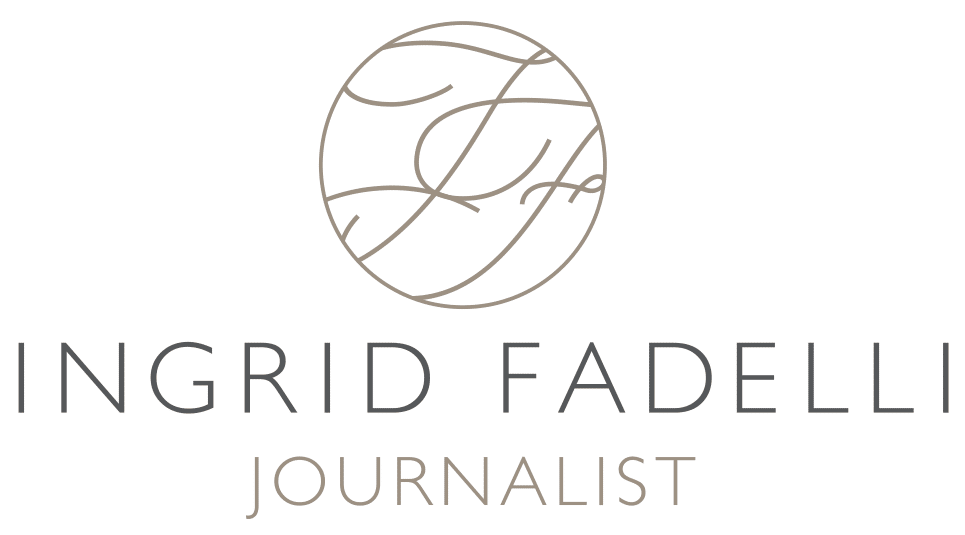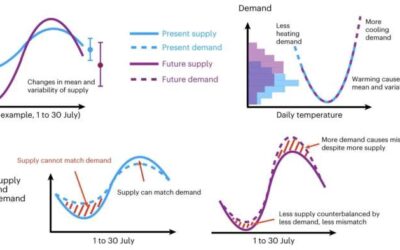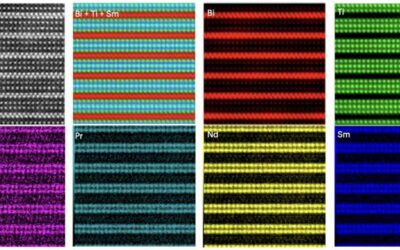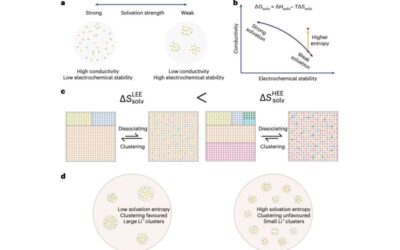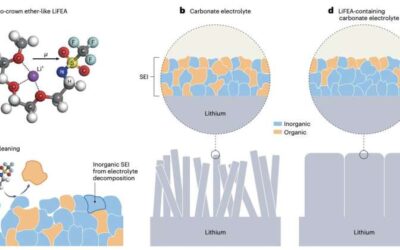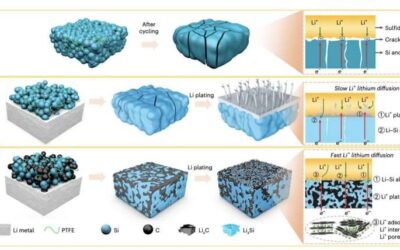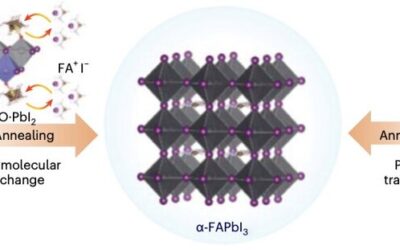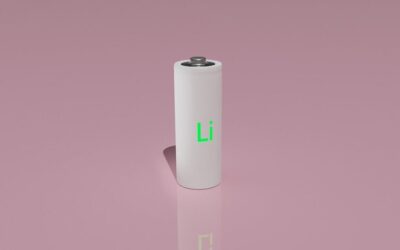Over the past few decades, sustainable energy solutions that rely on renewable sources, particularly the sun and wind, have become increasingly advanced and widespread. Many countries worldwide have committed to drastically lowering carbon emissions in the next decade...
Energy & Green Tech
An approach to enhancing relaxors for energy storage devices
Relaxor ferroelectrics are materials with ferroelectric properties and high electrostriction (i.e., the ability to contract or deform in response to electric fields). These materials can be used to create highly efficient energy storage devices, such as capacitors.
A new strategy to design high-entropy electrolytes for lithium metal batteries
To satisfy the growing demands of the electronics industry, engineers and material scientists are trying to continuously improve the performance of battery technologies. Lithium (Li) metal batteries, batteries with a metallic Li anode, are among the most well-known...
A new self-cleaning salt molecule to improve the performance of lithium metal batteries
Lithium (Li) metal batteries, batteries that contain a metallic Li-based anode, are currently used to power a wide range of electronic devices. Most of these batteries contain carbonate-based electrolytes, which are unable to passivate the corrosion of the lithium...
New carbon-stabilized Li-Si anodes for all-solid-state Li-ion batteries
All-solid-state batteries (ASSBs)—battery technologies with solid electrodes and solid electrolytes—have become the focus in an increasing number of research studies. This is primarily because they could significantly outperform batteries with liquid or polymer-based...
A strategy to reduce defects in inverted perovskite solar cells and improve their performance
Perovskites, a class of materials with a characteristic crystal structure, have proved to be very promising for the fabrication of solar cells and photovoltaics. One of these materials is lead triodide (FAPbI3), a perovskite that exhibits a long carrier lifetime and a...
A strategy to create highly performing cobalt-free cathodes for lithium-ion batteries
Lithium-ion (Li-ion) batteries, rechargeable batteries that can store energy via the reversible reduction of lithium ions, are among the most widespread battery technologies, due to their remarkable performance and extended life cycle. Many existing and emerging...
Grooved electrodes could improve the performance of proton-exchange membrane fuel cells
Proton-exchange membrane fuel cells (PEMFCs) are a promising energy solution for reducing carbon emissions in the transport sector. As suggested by their name, these cells contain a proton-conducting membrane based on polymer materials that serves as an electrolyte....
A strategy to induce the formation of a stable salt-derived solid electrolyte interphase in lithium metal batteries
Lithium metal batteries are promising battery solutions that use metallic lithium as an anode. Instead of containing electrode materials that store lithium ions, like commonly employed lithium-ion batteries (LiBs), they use a single layer of lithium near the anode,...
New design strategies to improve the stability and efficiency of bifacial perovskite solar cells
Solar cells based on perovskites, calcium titanium oxide minerals or compounds with similar structures, are among the most promising emerging energy solutions. Over the past few years, engineers and material scientists have been exploring the potential of solar...
